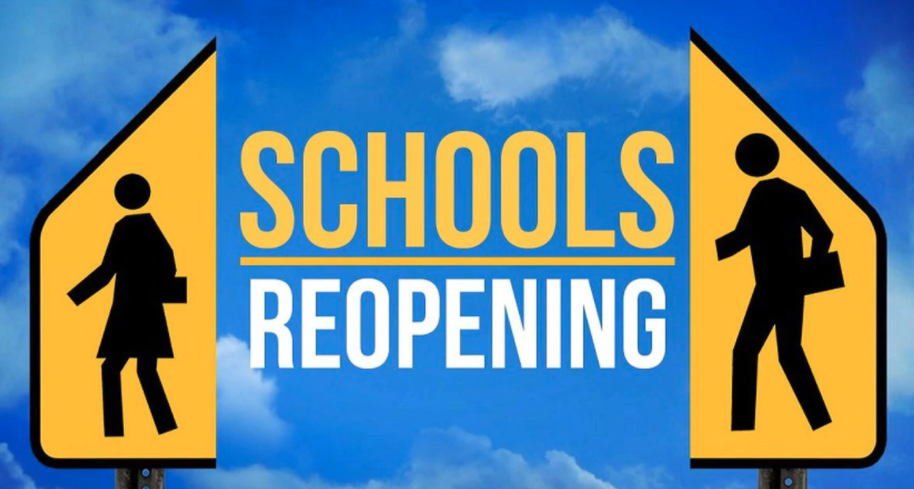Returning to school or not, students need mental health care now
The debate rages about reopening schools and campuses, but students need another important discussion, How and how fast can I get mental health care?
Typically, students have required an appropriate, larger share of emotional support. While in short supply before COVID-19, its effects signal significant emotional problems shouting for a response now and without let-up:
- School closures..intended to keep students safe during the pandemic..ushered in a new set of dangers; anxiety, depression and other serious mental health conditions
- ..students..feel overwhelmed, naming factors such as unemployed parents, falling behind academically, missing friends, or feeling trapped at home [some possibly in an abusive situation]
[EdSource: May 13, 2020; Carolyn Jones]
The British medical journal, The Lancet, in its March 2020 Rapid Review, warned of the potential effects of COVID-19 quarantine on children, estimating PTSD [Post-traumatic Stress Syndrome] rates could rise to four times their baseline levels.
Those general statements are concerning. But more pointed were the results of a survey conducted by the ACLU [American Civil Liberties Union] of Southern California of 650 students from 49 school districts [LA, Oakland, Sacramento, and Central Valley]:
- More than half of students said they needed mental health support since school closures began in March [compared, pre-closure, to 22% who were receiving some level of care].
- The survey asked students to grade their mental health [1 to 10]; pre-pandemic, 65% posted 7 or higher; in-pandemic, only 40% offered a 7 or higher.
- A very disturbing statistic was reported; the number of students who pre-pandemic gave their mental health at 3 or lower [already a serious situation] increased by a factor of three.
As with most societal issues, it is the poor and the non-white who will carry an unfair portion of the COVID-19 damage. In nearly every state, the percentage of black and Hispanic children living in poverty is much larger than their share of the overall population, with Native American children being even more disadvantaged in their communities. This is significant when the long-known realities of poverty and race are considered today:
- Characteristics of children’s families are associated with children’s educational experiences and their academic achievement
- 9% of children under 18 live in households where no parent completed high school
- 26% live in a mother-only household
- 8% live in a father-only household
- 18% live in families having poverty level incomes
- And that was before COVID-19
[NCES, National Center for Educational Statistics; May 2020]
College and university students have similar symptoms; in a report prepared for a university client, Student Assistance Programs & Training Services [SAP / TS] of Arizona found that use of mental health services in the three months of March through May 2020 rose 274% over the average of the previous six months.
The numbers and the predictions are without end. But the message is the same. Our students are in trouble and headed for more of it for a long time. Compounding that are reasonable fears that the financial drain on government – federal, state and local – used for fighting the pandemic is such that there won’t be money for even minimal mental health services for anyone of any age. Evidence of this is becoming clear:
- Oregon, a state with a strong history of support for mental health, is poised to slash $69 million from its behavioral health services budget
- Colorado has cut $26 million from its budget
- Georgia, New Jersey, Florida and Utah have made considerable reductions in funding substance abuse disorder programs
- $425 million set aside by the federal government for behavioral health in the emergency coronavirus relief package won’t come close to filling the hole
[STAT: July 16, 2020; Amy Sokolow
More, and more immediate, need. Less funding.
A compelling response to the balance of Need vs. Cost is offered by Student Assistance Programs & Training Services [SAP / TS]. Its 24 hour / 365 day service, labelled an “always open” mental health center, provides year-round telephonic crisis intervention and problem assessment, with private counseling of up-to-6 sessions [usually in local offices of licensed therapists; telephonic counseling during the COVID-19 shutdown]. The SAP / TS program does not replace campus counseling, but is an extension of those services, creating reliable continuity of care.
Fees for the SAP / TS program vary by group size; for example, a program for 10,000 students has an annual cost of $120,000, less than that of adding two school-based counselors. And the SAP / TS program operates every hour, every day with immediate clinical help for students, parents and schools. New programs can be implemented in 60 days.
Contact Paul Fleming, President of SAP / TS: paul@studentassistanceprograms.net; toll-free, 1-833-527-0263; or 480-586-0897.

